Santiago Lastra on Mexican sensation Kol: “We’ve opened now because it’s our responsibility to keep dreaming”
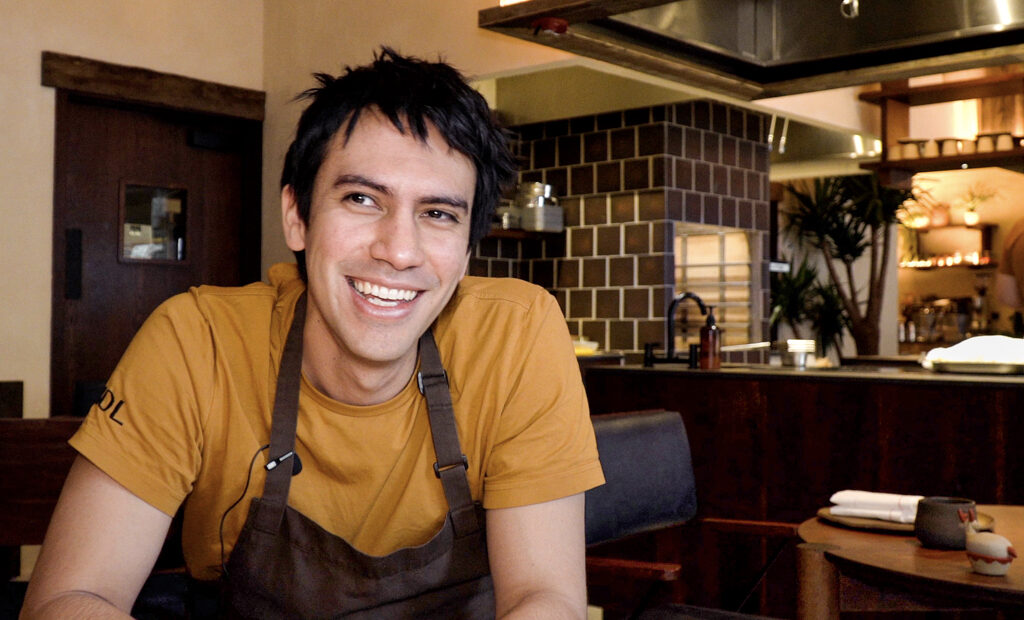
It was late Spring in Tulum when chef Santiago Lastra was sitting on a beach, contemplating what was next for him. He had lost ten kilograms and his girlfriend after relentlessly working on the world’s most talked-about pop-up project, Noma Mexico, and all he could think about was compiling a list of what would make the perfect city for his debut restaurant: multicultural, open-minded, easy for people to travel to, interested in Mexican – and spicy – food. From Taiwan to Russia and Italy, Lastra travelled 27 countries and in the end, he figured out where he wanted to launch his career.
“I had this idea of a house in the middle of London that felt like Mexico, with a fireplace and three rectangular tables – three-metre long – that would be the kitchen, and the dining room around it. That was in my mind when we looked for venues. So my idea was that if you are in the rain you open the door and find the warmth of a fireplace where we cook dinner for you.”
With the location secured and after seven months of test kitchen work, Kol was ready to open. It may have been trading for just two weeks before lockdown 2.0 but Lastra’s restaurant has immediately impressed the public and critics alike. Before giving us a tour of the site, the Mexican chef sits down with us to talk about what inspired him to choose London for his first opening.
Santiago Lastra explains the priority is for his staff to be happy so that they can communicate it to their guests too: “We want to make people as happy as possible, representing Mexican culture and cuisine using British ingredients.” His favourite dish from the menu comes from his love for Scotland: “It’s a langoustine taco. It’s been part of the journey from when I did the tasting for my business partners at the beginning […] In North West Mexico they make these lobster tacos with beans, spicy sauce and flour tortillas; we bring that to Scotland, and how it feels to cook langoustine on a beach, using sour berries, sea buckthorn and weed. All local elements put together in a Mexican way.”
When asked about the craziness of opening during a global pandemic, Lastra smiles, but he’s certain it was the right thing to do: “I know it’s a hard time for the industry […] My business partners and I are all aged mid-20s to mid-30s, […] we are the generation of the present and the future. These times don’t allow you to plan and have a goal so our responsibility is to keep dreaming and do what we love, no matter how. Otherwise, what’s the point?”
One of the objectives of Kol is helping Mexican agriculture by sourcing and showcasing the diversity of their local corn, and making it profitable for them. At the same time, not importing avocados is another way of showing respect, because “people who grow them there have a problem with narcos”, says Lastra. After all, a mole can be made from pistachio instead: “If you dehydrate an avocado with a gun, it will become a pistachio, green, with some fat on it, a bit nutty… it has all the notes of the avocado. That’s why we use it.”
The most important thing for a Mexican restaurant is the masa, the dough used to make tortillas. The proper process to make it is more complex and lengthier than what anyone would expect – and that’s why not many tortillas are good outside of the country’s borders. “Corn represents a journey of thousands of years for indigenous communities who learned how to cook it and mill it. There’s a technique called nixtamalisation,” shares Lastra. “You cook the corn in calcium hydroxide – it means corn and ash – because people used to cook corn and the husk of the dry corn – the peel – which is toxic. If you eat it boiled it will be bad for your tummy. They figured […] that nixtamalisation takes out the toxin, adds calcium […] which helps create the dough. If you only cook it and mill, you get a purée.”
“We brought three tonnes of corn from Mexico in a warehouse, and every day we cook ten kilograms of it for an hour in an alkaline solution. We soak it for 20 hours, wash it and mill it in house every day. With the little balls of masa, we make small tortillas.”
I can’t help but notice the shelves with ceramics that hang on the walls around the chef. “There’s a collective of architects in Mexico who find them abandoned in backyards and gardens for years and generations. They buy them and give them another life, showcasing the beauty of ageing and cracks.” With an inspired look in his eyes, Lastra comes to a conclusion: “It represents what we do. The underrated and undervalued things can be special in the right context, and time and patience can bring a little bit closer to perfection one day.”
Filippo L’Astorina, the Editor
Video/photos: Filippo L’Astorina
To book a table at Kol, 9 Seymour Street Marylebone London W1H 7BA, call 020 3829 6888 or visit their website here. Read our review here.

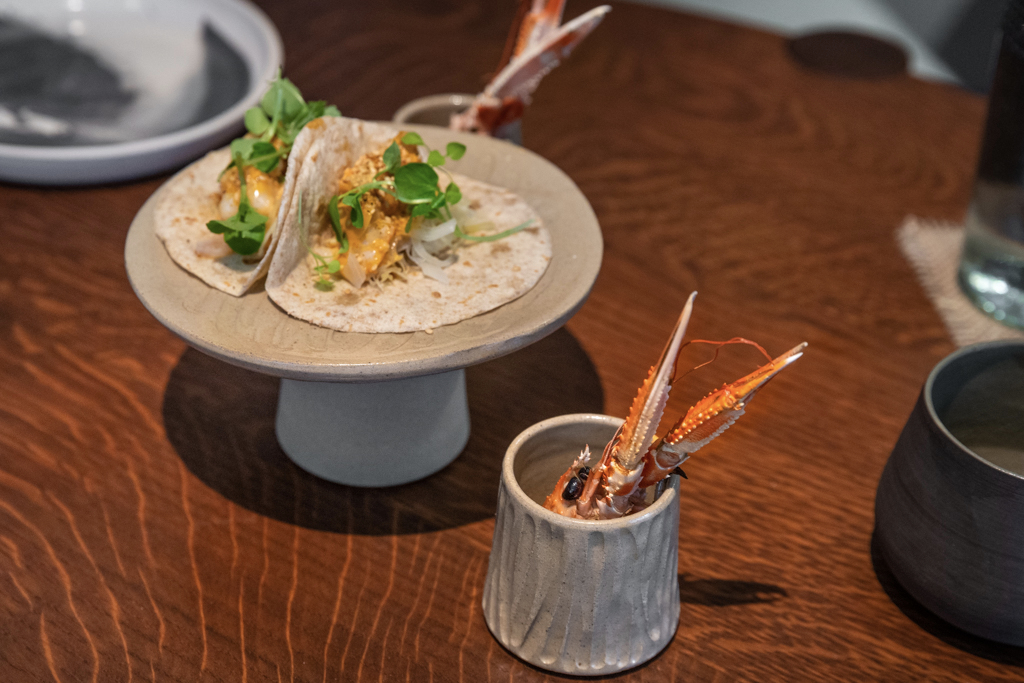
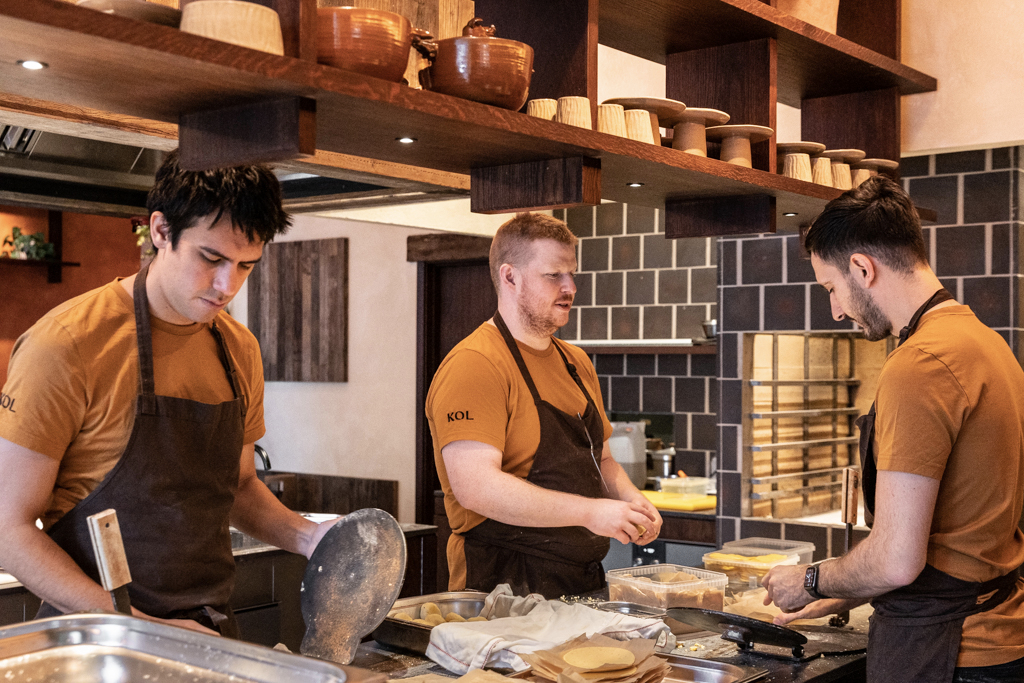
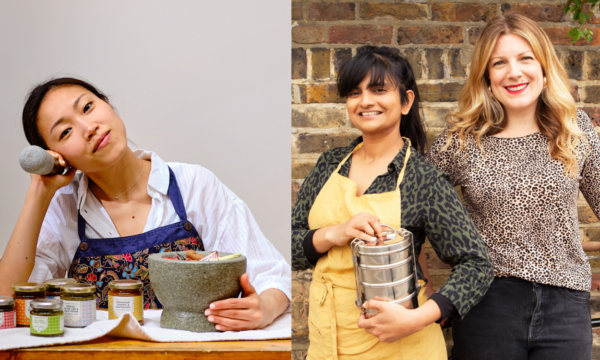


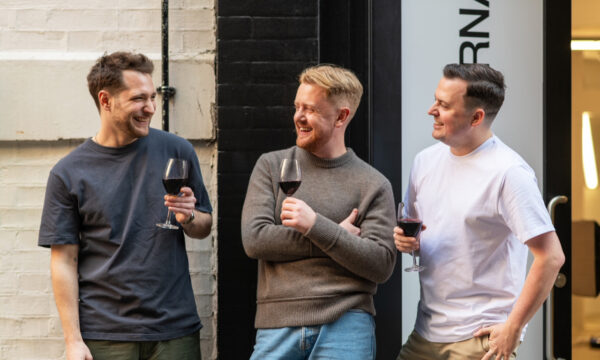
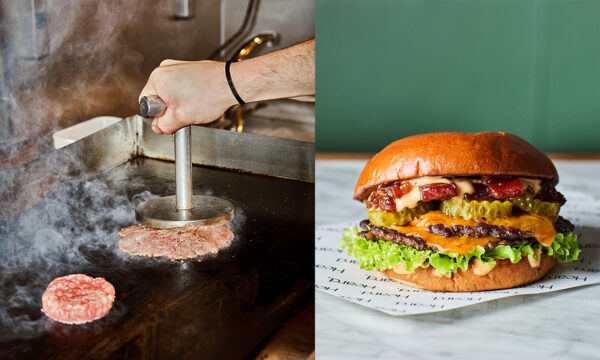
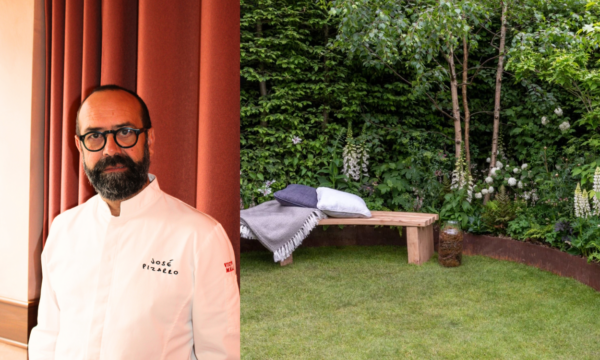
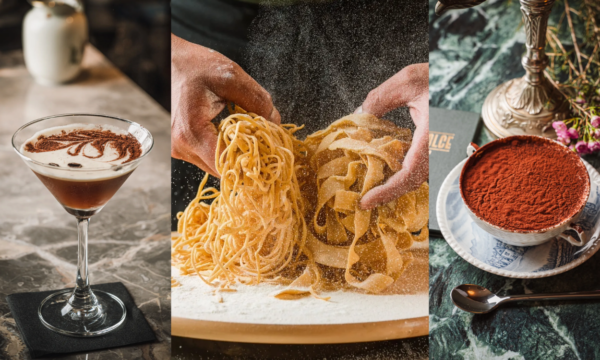
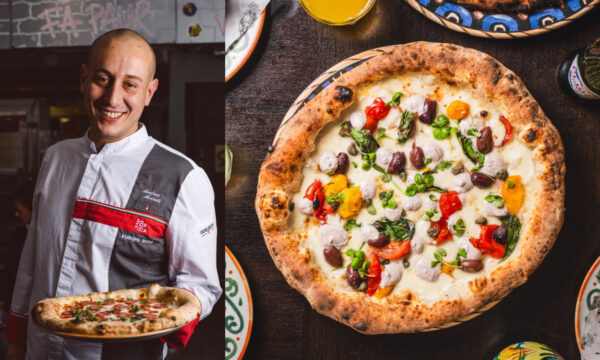
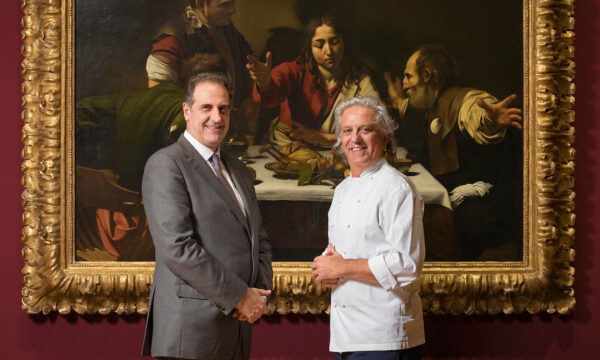




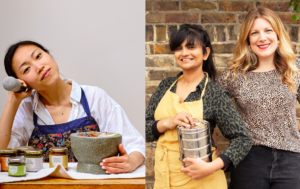





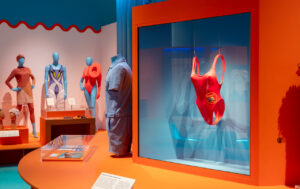
Facebook
Twitter
Instagram
YouTube
RSS